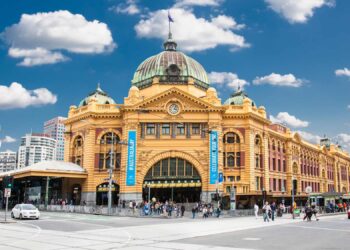<table
The Commonwealth Bank (CBA) has launched a new capital protected investment, Capital Series Australia II.
Capital Series Australia II enables investors to take advantage of the growth in the ASX 200 over the next five-and-a-half years, according to the CBA.
Investors are offered a choice of two strategies, each with a different level of capital protection and capital growth potential.
CBA head of structured investments, Suzanne Salter, said many equity investors were increasingly interested in capital protection as their first-hand experience of market volatility was leaving them on the sidelines.
“Capital protection is valuable for investors [who] would like to return to the share market but who may be too nervous to buy shares outright. However, the current level is a tempting entry point, with the ASX 200 trading at levels not seen since 2003,” Salter said.
With interest rates dropping even lower, traditional deposit investors are also looking for alternatives, she said.
“The ability to make returns exceeding that of a standard term deposit as well as limiting the risk of your investment capital resonates well with conservative investors, especially when we are talking about capital protection from CBA,” Salter said.
According to Salter, Capital Series is best suited to those investors who intend to hold the investment until maturity.





